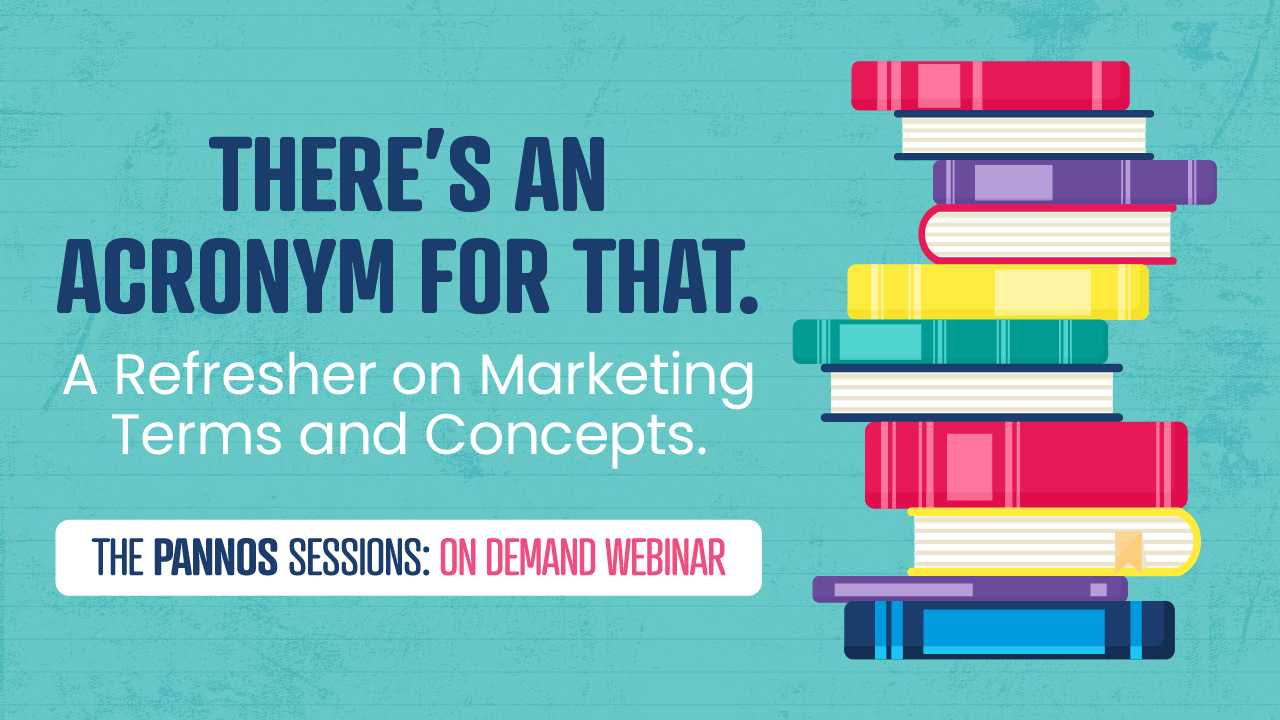
April 14, 2021
Launching a new website can bring with it an onslaught of emotions. On one hand, it can be very exciting and help set your bank apart, but on the other, it can prove very stressful and be a huge undertaking.
And that’s before you consider the impact it could have on your search engine optimization (SEO). With major changes to Google’s algorithm coming in May 2021, now is not the time to skimp on SEO practices. Don’t let a new website derail your previous optimizations, use it to ensure you rank higher than ever!
The Google Factor
Let’s start by discussing the changes coming to Google. In 2020, Google announced an upcoming shift in their ranking algorithms which would incorporate new metrics for measuring user experience known as Core Web Vitals. These metrics are meant to show different aspects of how a page loads and how that impacts user experience:
If you began the process of building a new website in 2020 or thus far in 2021, your website developer should be aware of these new metrics and account for them during the site build.
Google now, also considers your mobile site to be your “true” site, with the desktop site being secondary. This means that your site shouldn’t just be mobile-friendly, it should be mobile-first. Starting with wireframes and design, all the way through development and launch, each stage should focus on the mobile experience and be optimized for those users, ideally loading in under three seconds. Failing to keep a close eye on these factors will have an immediate and negative impact on your SEO.
Going Beyond Google
Outside of what Google requires, there are other technical aspects of your site that can either help or hurt your SEO.
The Google Factor
Let’s start by discussing the changes coming to Google. In 2020, Google announced an upcoming shift in their ranking algorithms which would incorporate new metrics for measuring user experience known as Core Web Vitals. These metrics are meant to show different aspects of how a page loads and how that impacts user experience:
- Largest Contentful Paint (LCP) measures loading performance. Essentially, this is how long it takes for the largest content element of the webpage to become visible, making the site appear fully loaded. To provide a valuable user experience, LCP should occur within 2.5 seconds of when the page first starts loading.
- First Input Delay (FID) measures interactivity. This means how long it takes for the browser to respond when a user clicks on a button (or any other interactive element such as a calculator). For example, if a user is on your homepage and they click on “Checking Products” how long does it take for the link to show that it’s been clicked (I.e., a link changing color to indicate it’s been clicked)? That’s FID. To provide a beneficial user experience, pages should have an FID of less than 100 milliseconds.
- Cumulative Layout Shift (CLS) measures visual stability. For example, if you’re scrolling down a page and all of a sudden, an unexpected image loads and causes the text to jump around, that would be distracting and frustrating right? CLS measures the ability of a site to maintain structure so that no element loads “unexpectedly” but rather that all spaces are maintained, and the user can browse and click without the page jumping. To provide an adequate user experience, pages should maintain a CLS of less than 0.1.
If you began the process of building a new website in 2020 or thus far in 2021, your website developer should be aware of these new metrics and account for them during the site build.
Google now, also considers your mobile site to be your “true” site, with the desktop site being secondary. This means that your site shouldn’t just be mobile-friendly, it should be mobile-first. Starting with wireframes and design, all the way through development and launch, each stage should focus on the mobile experience and be optimized for those users, ideally loading in under three seconds. Failing to keep a close eye on these factors will have an immediate and negative impact on your SEO.
Going Beyond Google
Outside of what Google requires, there are other technical aspects of your site that can either help or hurt your SEO.
- Redirects – Ensure that your web developer is implementing 301 redirects when your new site launches. A 301 redirect allows you to direct visitors that use an old URL to the matching new URL, without losing the page’s previous authority and ranking. This also ensures that users are getting where they’re trying to go, rather than ending up with a “Page Not Found” error. When setting up redirects, you should also have the site viewable either with www or without www, not at both, and use a redirect from the option not used.
- Structure – Getting into the nitty-gritty, the backend of your site has a lot to do with SEO. Your new site should have schema markup, OpenGraph, Java and CSS compression and appropriate URL structure (no underscores).
- Accessible – Your new site must be accessible to both users of all abilities and search engines. Luckily, many of the same coding practices that are necessary for an Americans with Disabilities Act (ADA) compliant site are the same that are needed for SEO, so the two go hand-in-hand. Accessibility also starts at the very beginning stages of a website, with color contrasts, navigation structure and font sizes. Beyond that, ensure your site has alt attributes, meta descriptions and an accessibility toolbar.
- Security – MUST have HTTPS security certificate - we cannot stress this enough!
- Sitemap – When your site is complete it should include an XML sitemap file which should be submitted through Google Search Console. This will tell Google that the site has changed and needs to be recrawled and indexed, as well as tell the search engine exactly what pages are on the site. Remember to include your sitemap in your Robots.txt file!
- Content – Last, but certainly not least, is the content on your site. This is often the biggest challenge, as there is a lot that goes into it. When it comes to content - prioritize quality over quantity. Don't write content for the sake of having words on your website, your content should be relevant, engaging and showcase your expertise (Google refers to this as E-A-T - expert, authoritative, trustworthy). Keywords are still very much a thing too, so ensure you add keyword research to your content development process. Unfortunately, it’s not a set it and forget it chore, so continue to update your copy, add blogs, etc. to keep things fresh and new on your site.







